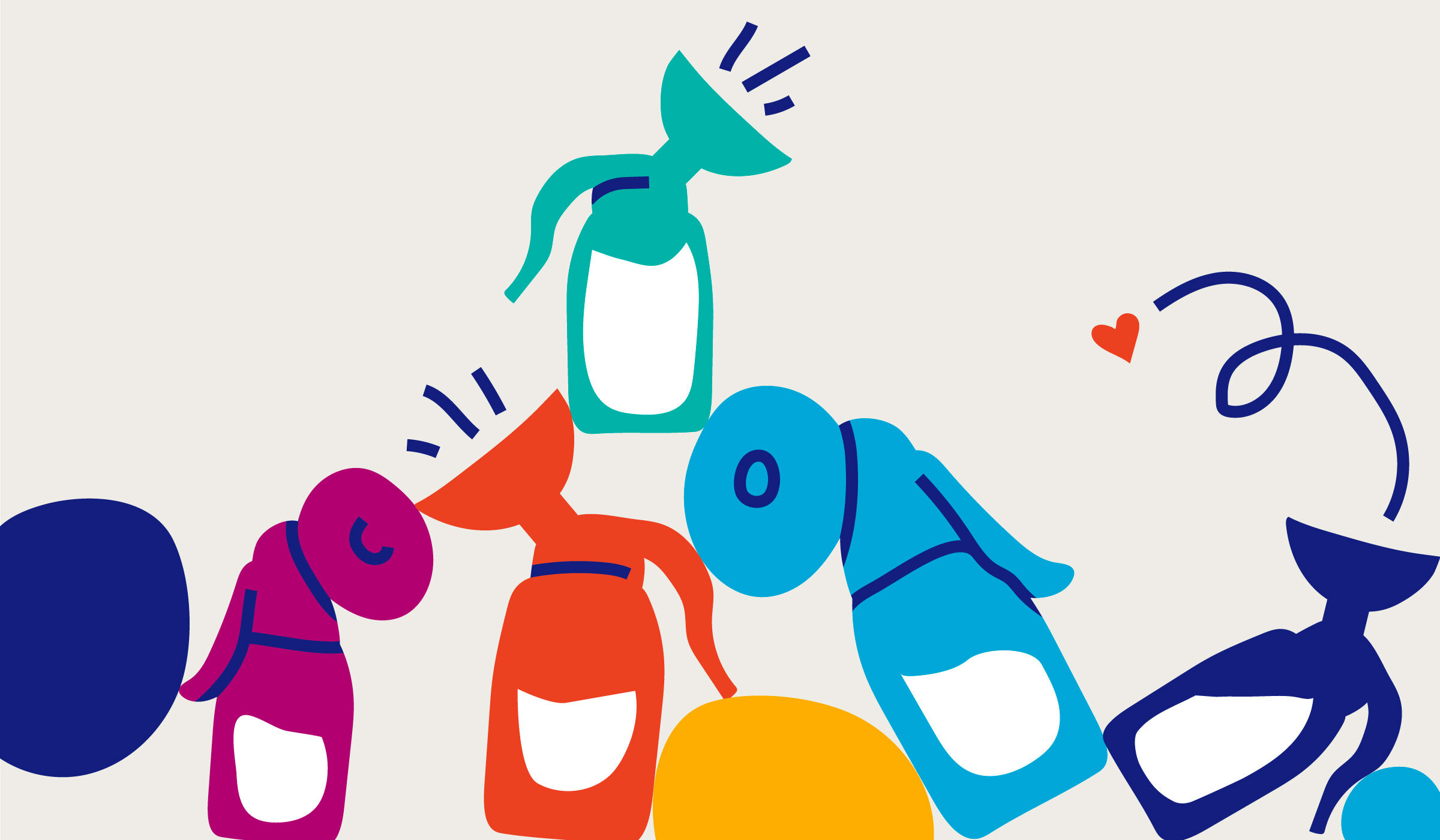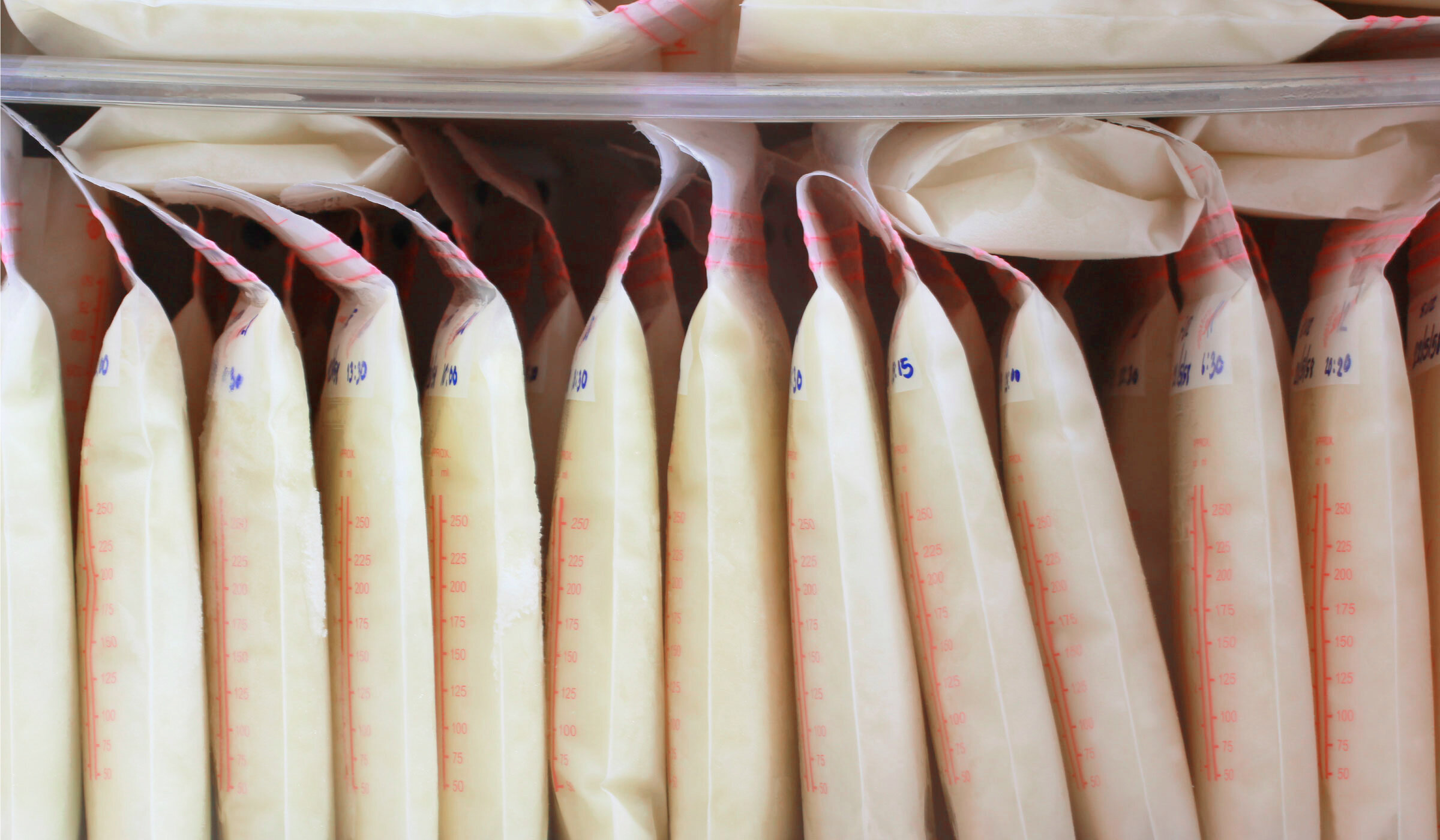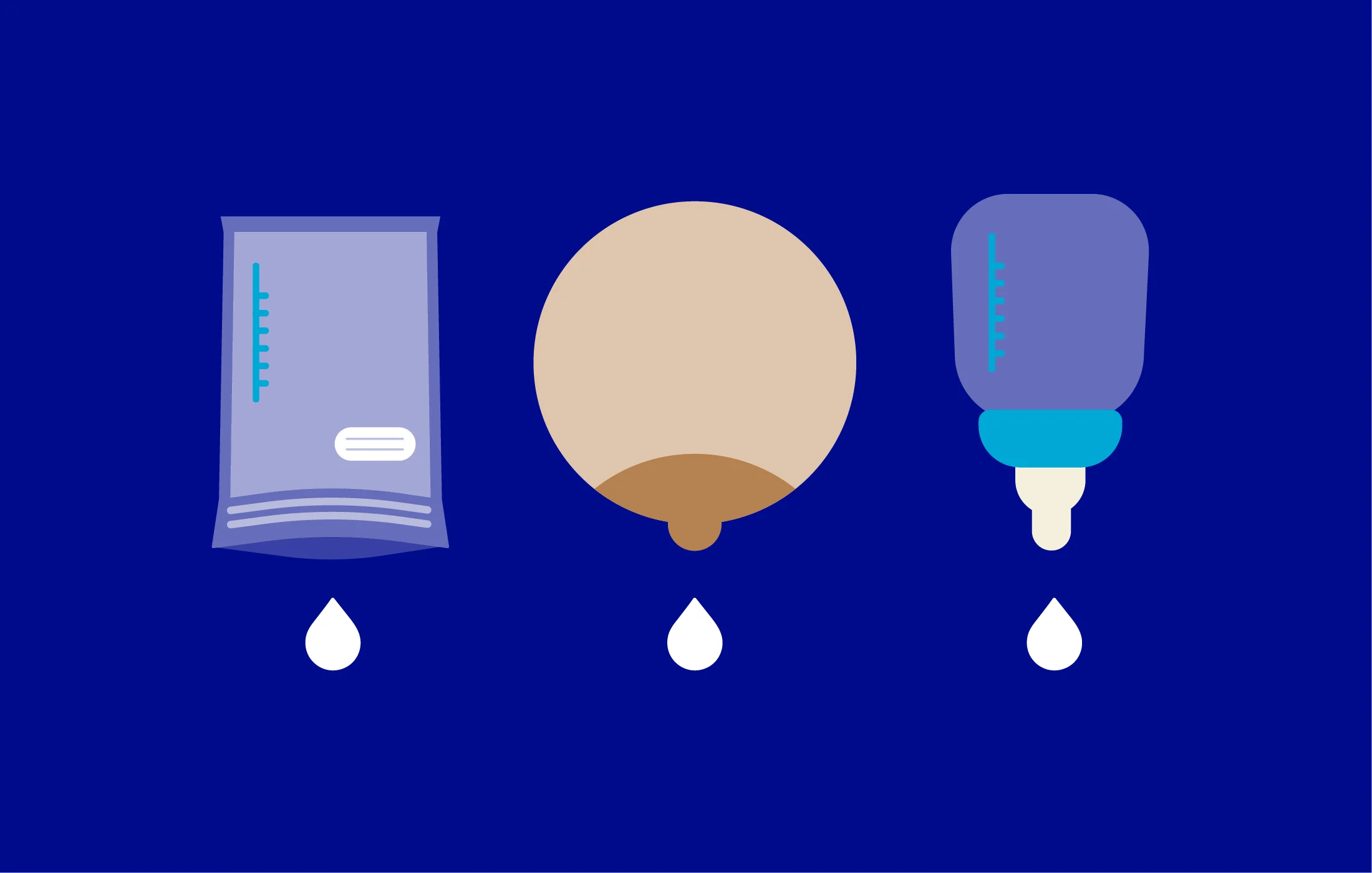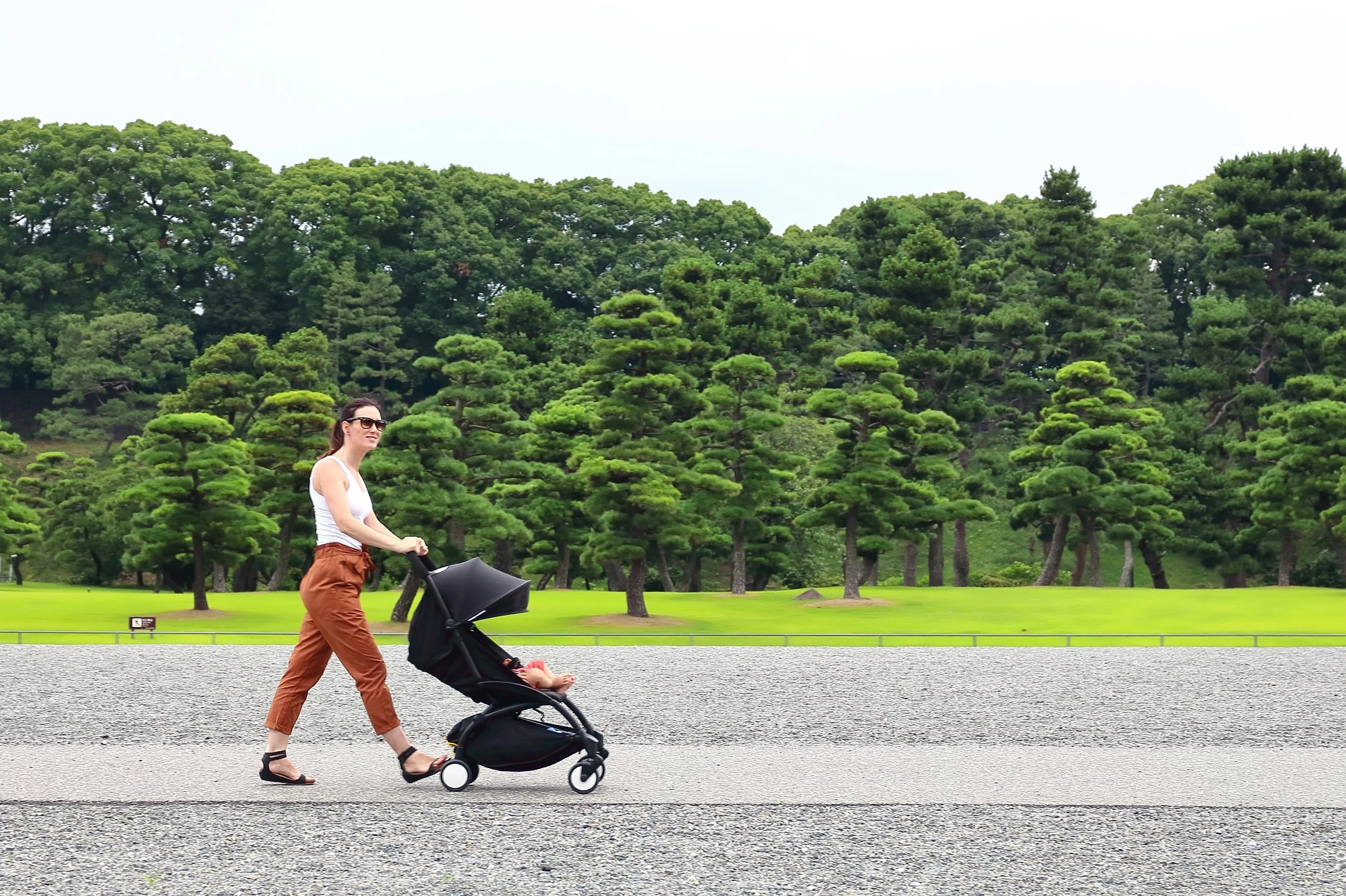Top Breastfeeding Myths Busted
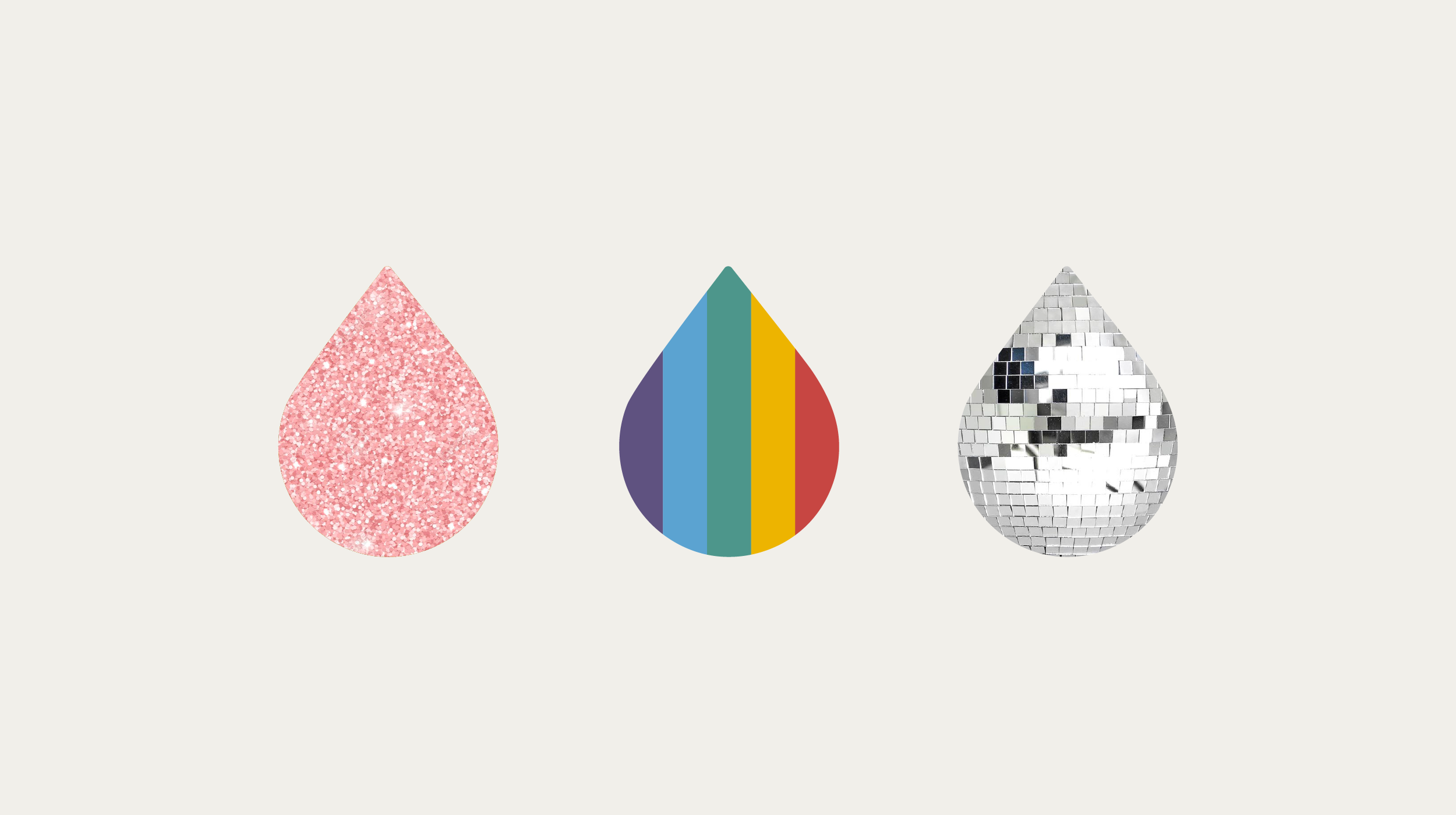
New moms, and moms-to-be, get loads of advice and information about breastfeeding from well-meaning family, friends, and even strangers on the street. While some of this information might be useful (cold cabbage leaves can relieve engorged breasts!), or harmlessly interesting, “fake news” about breastfeeding can leave you feeling frustrated or, um, pregnant. So before you believe the hype or fall down the black hole of late-night Googling, here are three breastfeeding myths we can bust for you right now.
Myth #1: You can’t get pregnant when you’re breastfeeding
It’s complicated. It’s true that exclusive breastfeeding usually stops your period (yay for “lactational amenorrhea”!) and ovulation—and you can’t get pregnant if you’re not releasing that egg! But this cessation of womanly cycles may not actually happen if you’re not breastfeeding exclusively every four hours during the day, and again during the night. And lest you’re relying on your period to predict whether you can get pregnant, let’s flash back to health class to grab this little public service announcement: your body releases eggs 12-14 days before a period. That’s just a ballpark range—and postpartum periods tend to be quite irregular. Bottom line? Using birth control when you’re postpartum is the only real effective way to prevent pregnancy. And you’ve got lots of options: condoms, an IUD (hormonal or not), no sex (!), even some birth control pills. Estrogen-containing contraceptives may impact milk supply, so doctors recommend waiting at least three weeks after birth. Talk with your doctor about what’s right for you.
Myth #2: Be careful about nipple confusion
New moms have been warned about “nipple confusion” —when breastfeeding babies have problems switching between your real nipple and the artificial one of a bottle or pacifier. The original theory was that babies don’t have to work as hard to get milk from a bottle (lazy little munchkins!) and so would reject the breast, but in fact there’s very little evidence to suggest it’s really a thing. (As a result, La Leche League now calls it “nipple preference.”) But experts do recommend establishing breastfeeding—and your milk supply— for three to four weeks before introducing bottles or pacifiers. Contrary to popular opinion, using a pacifier has not been associated with a decrease in breastfeeding in healthy, full-term babes. New research even suggests that using a pacifier can reduce the risk of SIDS. So after you’ve established a great latch and breastfeeding routine, trust your babe to be a switch-hitter between all the nipples.
Myth #3: Big boobs make more milk
Nope. Pregnancy makes all breasts bigger, but the size of your breasts doesn’t impact the amount of milk you make. Breast size is determined by fatty tissue and genetics; milk supply is determined by two key hormones: prolactin and oxytocin. Prolactin, produced during pregnancy, stimulates growth of the mammary alveoli (the little balloon-like sacs in the mammary glands) to make milk. Oxytocin then helps release the milk—known as the “letdown reflex”—when your babe latches and begins sucking. And, because breastfeeding is all about the law of supply and demand, as long as you continue to nurse (or pump), you'll continue to make milk. If you find that one breast makes more milk than the other, you’re not alone. Each breast has its own independent “feedback inhibitor of lactation” (FIL), a protein that regulates how much milk it makes. Regardless of breast size, it’s important to fully empty each breast to maintain your supply.
Mamava designs solutions to empower breastfeeding and pumping parents on the go, like our freestanding lactation pods, Mamava’s lactation space locator app, and other helpful resources.
More breastfeeding resources
Returning to work? Here’s a primer to get the pump party started.
A go-to-guide for what to eat when you’re breastfeeding—and also taking care of a baby.
These situations may require professional breastfeeding support.
The info you need to store, freeze, and thaw your liquid gold with confidence.
Common pains-in-the-boobs can get you down and challenge your breastfeeding goals.
Don’t panic. Do continue breastfeeding.
Your go-to guide to weaning when you’re ready.
How to breastfeed with confidence, no matter what sticky situation you find yourself in.
The eight best breastfeeding positions (according to moms).
Breastfeeding moms are still nourishing for two! Expert advice on the foods that help new moms thrive.
Rumor, fact, or folklore? Test your breastfeeding know-how with this quiz.
A brief history of human infant feeding—breast, bottles, and formula—through the ages.
Every breastfeeding mom on the go needs a breast pump. Here’s how to get one.
What do new moms truly desire from their partners? We asked, you spoke.
Stop Googling! Here are three breastfeeding myths we can bust right now.
Five practices that help moms with preterm babies breastfeed.
A breastfeeding mom’s guide to fasting for religious observance.
Four thousands moms weigh in on how they feed their baby.
Seventeen breastfeeding moms share their hard-earned wisdom and messages of support for new moms.
A breastfeeding mom’s guide to baseball.
Sex when you’re a breastfeeding mom? It’s complicated.
Friends can help you transition to motherhood with more confidence, support, and joy.
Five facts about breast milk to delight your inner nerd (and help you breastfeed).
Mamava’s boob whisperer and certified lactation consultant can help when the flowing gets tough.
A breastfeeding mom’s guide to football.
Breastfeeding mamas, rejoice! It’s time to indulge.
Exercise tips to help new moms get moving again.
Kate Rope’s book helps new moms transition into motherhood.
A book about being a mom. And a woman. And a human.
Breastfeeding and basketball have more in common than you think.



